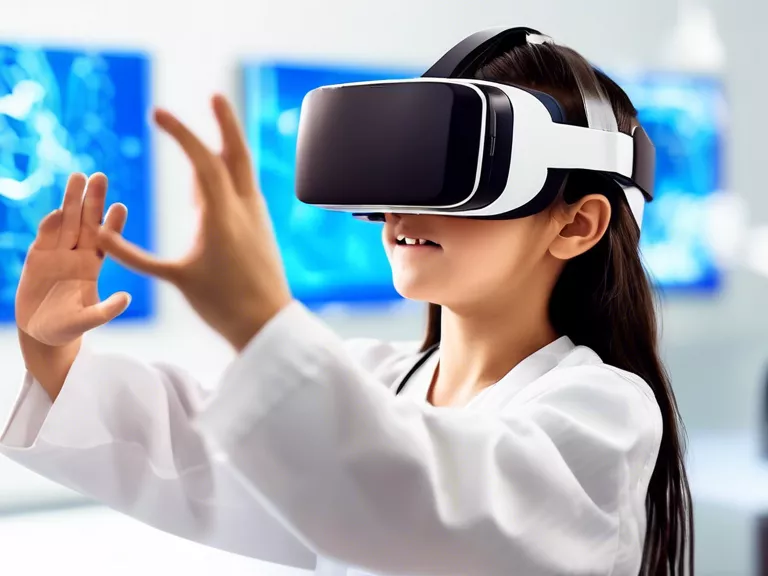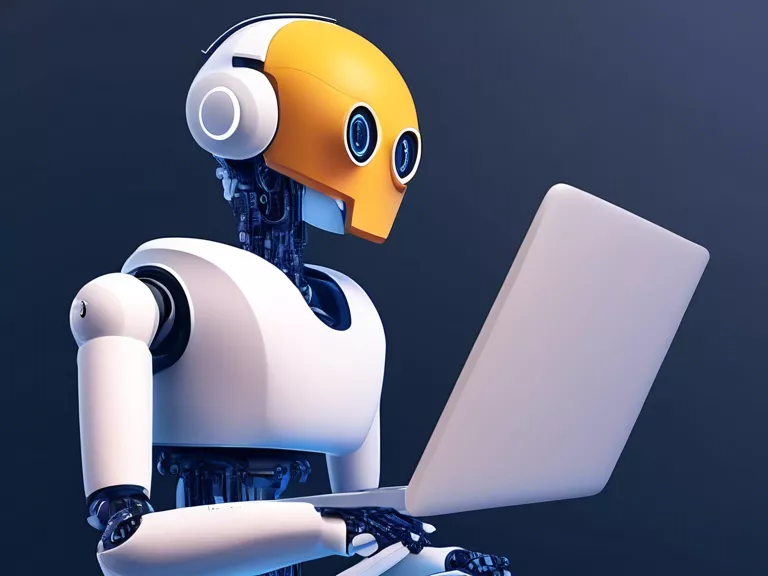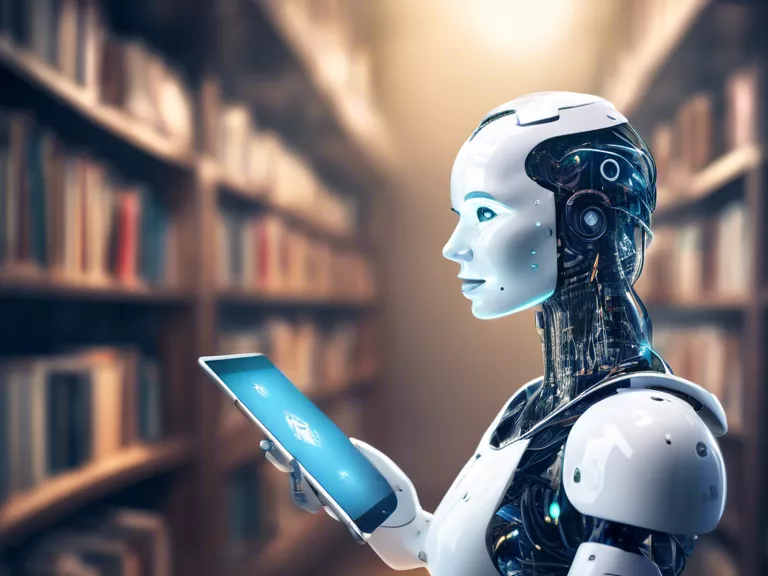
Virtual reality (VR) technology has revolutionized the way we experience the world around us, and it is now making significant strides in the field of education as well. One area where VR is proving to be particularly beneficial is in enabling hands-on science experiments for students of all ages. By immersing users in a virtual environment, VR technology allows students to conduct experiments safely and interactively, regardless of their physical location or access to traditional lab equipment.
One of the key advantages of using VR for science experiments is that it eliminates many of the limitations of traditional lab settings. For example, students can conduct experiments that would be too dangerous or expensive to perform in a physical lab, such as working with hazardous chemicals or observing natural phenomena like earthquakes or volcanic eruptions. Additionally, VR allows students to repeat experiments multiple times, speeding up the learning process and ensuring a deeper understanding of scientific principles.
Furthermore, VR technology can provide a level of interactivity and engagement that is not possible with traditional textbooks or instructional videos. Students can manipulate objects in the virtual environment, observe changes in real-time, and receive instant feedback on their actions. This hands-on approach to learning can help students develop critical thinking skills, problem-solving abilities, and a greater appreciation for the scientific method.
Another benefit of using VR for science experiments is that it can make STEM (science, technology, engineering, and mathematics) subjects more accessible and inclusive. Students who may have physical disabilities or other limitations that prevent them from participating in traditional lab activities can still engage with scientific concepts through VR. Additionally, VR can accommodate different learning styles and preferences, allowing students to learn at their own pace and in a way that resonates with them personally.
In conclusion, virtual reality technology has the potential to revolutionize the way science is taught and learned in schools and educational institutions. By enabling hands-on, interactive experiments in a safe and engaging virtual environment, VR can help students of all backgrounds and abilities develop a deeper understanding and appreciation for the wonders of the natural world.



